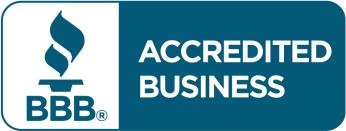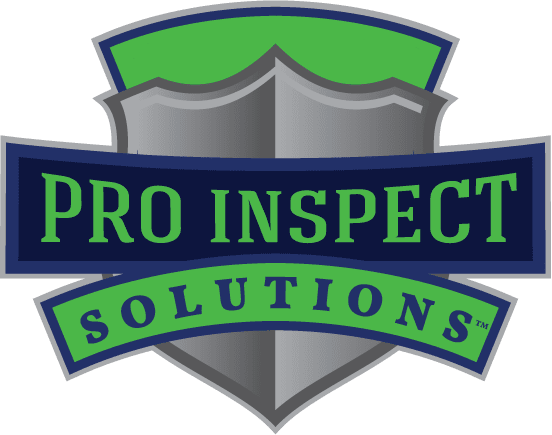
What Are the Benefits of Understanding and Reading a Home Inspection Report with Your Client?
As a realtor, prospective homebuyers turn to you for expertise at every level. They certainly want your guidance when it comes to locating the perfect property according to their specific criteria, and they’ll be hanging on your every word when it’s time to deal with all that paperwork. You can certainly provide them with excellent value for money if you are by their side when they receive the all-important home inspection report. After all, this will often make a difference between pulling out or getting closer to their dream. So, why is it essential for you to grasp the sometimes-subtle nuances found within such a report to highlight these with your client and really make a difference?
The Importance of Inspection
Home inspections are, of course, critical whenever a real estate purchase is concerned. Experts will be brought in to look behind the perfectly presented exterior and neat interior to find out if any major issues may cause problems in the future. These experts go through a specific process as they conduct their work and often present their findings in template form. Sometimes, the language may be hard to interpret if you don’t know what you’re looking for, and this is where a knowledgeable realtor can make the difference. And of course, if there is something negative within the report, it does not necessarily mean that the sale cannot go ahead, but on the other hand, it may give room for negotiation and the potential for a lower price.
Structure and External Features
During an inspection, the expert will focus initially on the structure. They’ll analyze the condition of the foundation, slab, basement, and any crawlspace to look for signs of movement, water penetration, cracking and structural concerns.
They’ll check the exterior to search for any potential problems affecting the brickwork, siding, window frames and exterior doors. An inspector will also look at the surrounding walkways and drives for any sign of settlement or spalling and give some attention to decking and outdoor features, if present.
Moving Inside
A home inspector will next look at the electrical installation and plumbing set up inside the property. This is one of the most detailed parts of their inspection, and they’ll need to make sure that the pipes are still serviceable, all the valves are working correctly, and that drainage and waste systems are fully functional. They’ll test all the toilets, sinks, showers, bathtubs, and the water heater.
Turning to the electrics, they will check the age of the main panel and breakers, inspect the wiring system for signs of aging or degradation, and make sure that all outlets and light fixtures are operational.
If the building is fitted with central HVAC, they’ll check the age and condition before taking a close look at the ductwork. If there is a fireplace, is it in good condition, and do the damper doors and other essential parts work as they should?
Focusing on the Roof
Once they have inspected the doors, windows, interior walls, staircase and ceilings to see that everything is properly sealed and in good condition, the inspector will turn attention to the roof. Is the attic well ventilated and insulated, and is the crawlspace accessible? How is the roof, and what’s the condition of the material used to make it? Are the gutters and downspouts in a good shape, and if a chimney is fitted, how does that look?
Furnishing the Report
When complete, the inspector will present you with a report which may often be in template form. They may use some special terminology or acronyms to complete the report, and as a realtor, this is where you can help a client understand any implications.
Translating the Acronyms
When the property is in relatively good shape, you should see plenty of reference to the letter “F,” which means that the associated item is functional, allowing for any expected wear and tear. If you see the acronym “AE,” this means that additional evaluation may be needed, which presents a potential red flag. The inspector may have come across a problem that requires another check or the input of a second expert.
If you see the letter “E,” this is a definite red flag, as it means that the linked item is defective and in need of professional repair. “R” suggests that the item may be in need of some repair, but it may still be in working order, and the repair may not be that expensive.
“S” suggests that there are safety concerns, and it may not be a good idea to go ahead with any transaction until those items are taken care of. Where the inspector has not been able to look at a particular component, they will list it as “NI,” and you need to find out why it wasn’t inspected and take action from there.
Reading the Notes
The inspector may also add notes about certain categories within the report, such as appliances. If they suggest that the roof, for example, is nearing its “end of life,” then you’ll certainly need to advise the buyer of a potentially significant expenditure ahead. On the other hand, if they indicate specific damage to something major, you may want to insist on a repair or replace clause within a modified contract.
Major Red Flags
Above all, be on the lookout for anything major that may relate to the structure. For example, if there is clear evidence of water infiltration in the basement or the presence of mold, this could be a fundamental issue and a potential dealbreaker. If there are some small cracks on interior walls or the inspector finds that doors or windows are a little stubborn, this may suggest that the foundation has shifted and that underpinning may be necessary.
Understanding the Lender
Remember, if the buyer relies on a bank or other financial institution to fund the purchase, this lender will also view the report with a critical eye. They’ll certainly identify any big red flags and insist that these issues are taken care of before agreeing to go ahead. As a realtor, you’ll want to preempt that situation so that there are no surprises on the finance side in due course.
The Voice of Comfort
A realtor can be a voice of comfort and reassurance to a buyer, especially if this is their first time. Get into the habit of analyzing a home inspection report carefully so that you can translate some of its meaning to an attentive client.
Further Help
If you want any more insight into how an inspection like this is conducted, reach out to Pro Inspect Solutions for advice.



